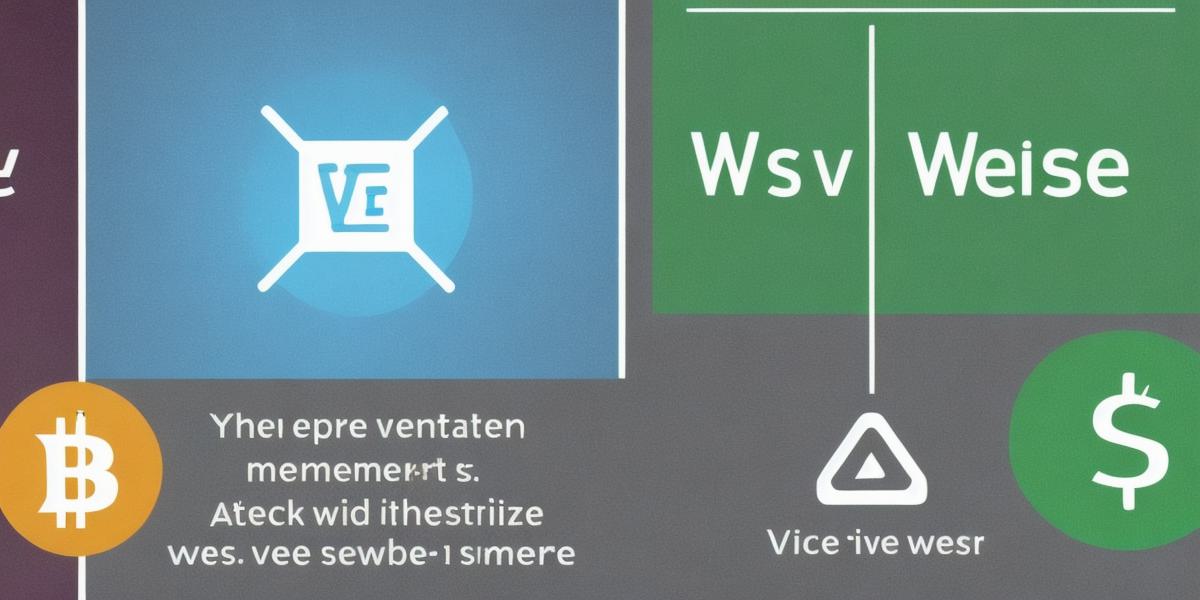Web3 vs Web5: What You Need to Know

Web 3.0, also known as the decentralized web or dWeb, is a new version of the internet that is designed to put users in control of their data and online experiences. This new version of the web relies on blockchain technology to create a more secure, transparent, and democratic internet.
On the other hand, Web 5.0 is still an emerging concept that promises to take the decentralized web even further by incorporating advanced technologies such as artificial intelligence (AI) and virtual reality (VR).
In this article, we will explore the key differences between Web3 and Web5, and discuss what they mean for the future of the internet.
What is Web3?
Web 3.0 is a decentralized version of the internet that puts users in control of their data and online experiences. This new version of the web relies on blockchain technology to create a more secure, transparent, and democratic internet.
Some key features of Web 3.0 include:
- Decentralization: In Web 3.0, there is no central authority controlling the internet. Instead, users have control over their data and online experiences through decentralized applications (dApps).
- Transparency: All transactions on the blockchain are recorded in a public ledger, making it easy to verify the authenticity of data and prevent fraud.
- Security: The use of cryptography in Web 3.0 makes it much harder for hackers to compromise user data and online experiences.
- Privacy: Users have control over their data and can choose who has access to it, making it much harder for corporations and governments to track and monitor users.
What is Web5?
Web 5.0 is still an emerging concept that promises to take the decentralized web even further by incorporating advanced technologies such as artificial intelligence (AI) and virtual reality (VR). Some key features of Web 5.0 include:
- Artificial Intelligence: AI will play a central role in Web 5.0, allowing users to interact with machines in more natural and intuitive ways.
- Virtual Reality: VR will allow users to experience the internet in new and immersive ways, making it easier to visualize complex data and ideas.
- Quantum Computing: Quantum computing will enable faster and more secure processing of data, making it possible to build more powerful decentralized applications (dApps).
- Decentralized Autonomous Organizations (DAOs): DAOs will allow users to create and manage organizations in a completely decentralized manner, without the need for intermediaries such as governments or corporations.
What are the key differences between Web3 and Web5?
While both Web 3.0 and Web 5.0 are designed to create a more decentralized and secure internet, there are some key differences between them.
- Technology: Web 3.0 relies on blockchain technology, while Web 5.0 incorporates advanced technologies such as AI, VR, and quantum computing.
- Features: While both Web 3.0 and Web 5.0 aim to create a more decentralized and secure internet, Web 5.0 also promises to incorporate advanced features such as AI and VR.
- Timeline: Web 3.0 is already in use today, while Web 5.0 is still an emerging concept that is only beginning to be developed.
What does this mean for the future of the internet?
The emergence of Web 3.0 and Web 5.0 has the potential to fundamentally change the way we use and experience the internet. By putting users in control of their data and online experiences, these new versions of the web could lead to a more secure, transparent, and democratic internet.

However, there are also some challenges that need to be addressed in order to fully realize the potential of Web 3.0 and Web 5.0. These include issues such as scalability, privacy, and security.
In conclusion, Web 3.0 and Web 5.0 are two exciting new versions of the internet that have the potential to transform the way we use and experience the web. While there are still some challenges that need to be addressed, these new versions of the web hold great promise for a more decentralized, secure, and democratic internet.








